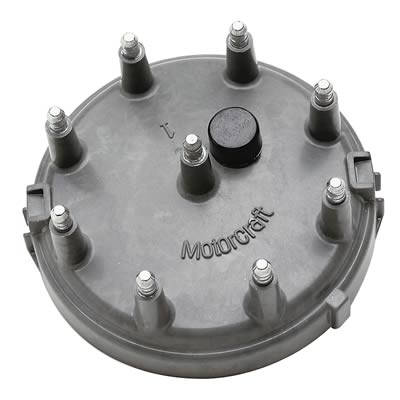Howdy folks. Iv'e got an annoying issue with my car. It's reliable as a brand new one with one caveat, the distributor cap loves to get wet inside. It doesn't even happen from washing it or anything it will flat out just do it from sitting there. Im running a FAST dual sync so I don't have a lot of cap options either and I am not the only one to complain of it. Car has done it a few times in the last 3 years or so. I will go to start it and it will backfire and get all grumpy. So I will pull the cap and sure enough all the contacts are all green. Clean em' off and it fires up like a new car.
I've only got like 8k miles on my build but I'm on my THIRD fairly expensive distributor cap and rotor and I am officially OVER IT!
I was reading online that some people smear dielectric grease on there contacts? To prevent the moisture from corroding them? I have always been told to never use it directly on any sort of connection because it is literally meant to prevent electricity from "leaking" so to speak.
Another idea I had was trying to find some sort of an o-ring solution or even make a gasket of some kind. I've never had a car with this problem before so I am at a bit of a loss here. Anyone have any cool tricks?:shrug:
I've only got like 8k miles on my build but I'm on my THIRD fairly expensive distributor cap and rotor and I am officially OVER IT!
I was reading online that some people smear dielectric grease on there contacts? To prevent the moisture from corroding them? I have always been told to never use it directly on any sort of connection because it is literally meant to prevent electricity from "leaking" so to speak.
Another idea I had was trying to find some sort of an o-ring solution or even make a gasket of some kind. I've never had a car with this problem before so I am at a bit of a loss here. Anyone have any cool tricks?:shrug:









